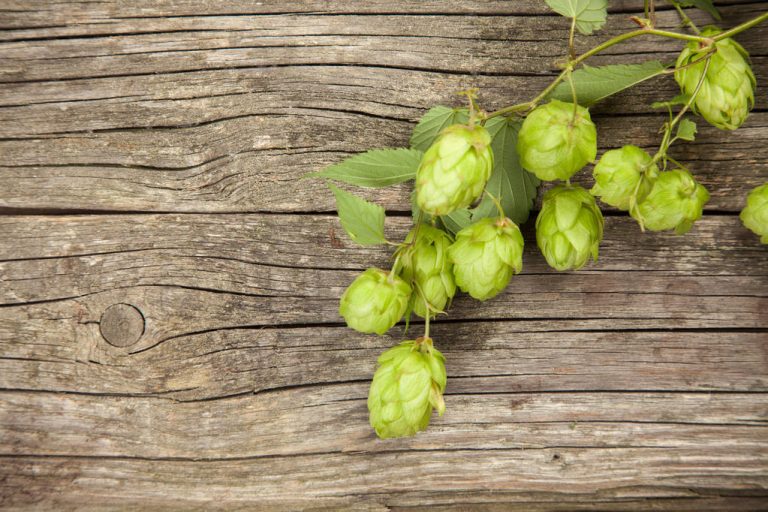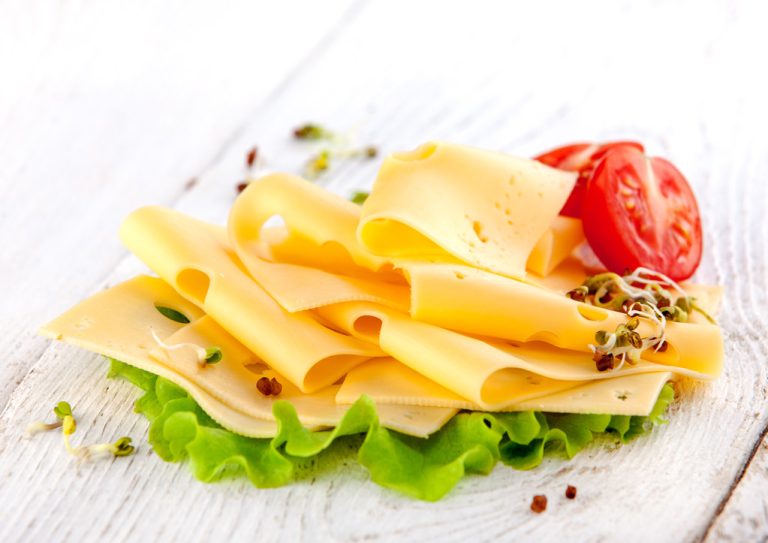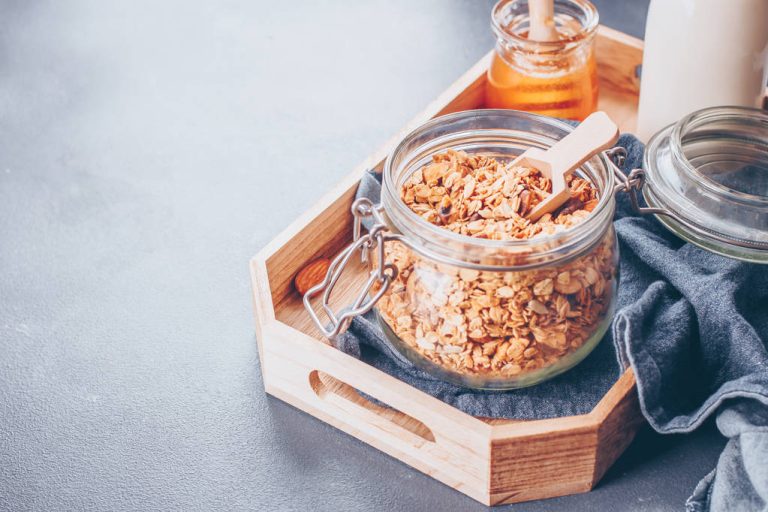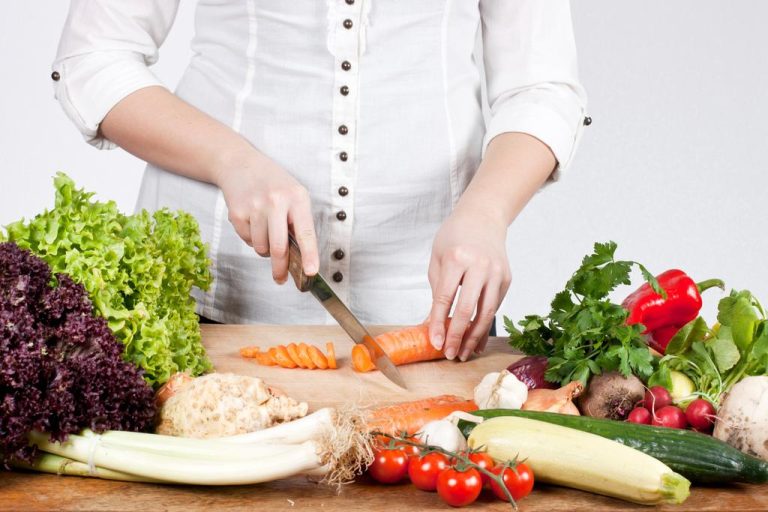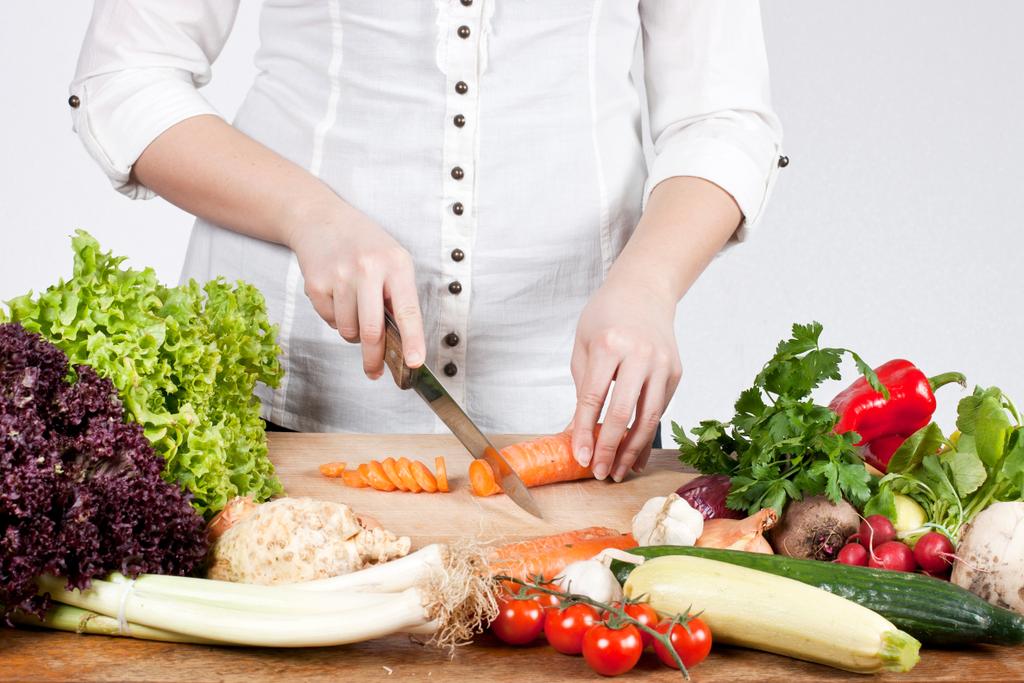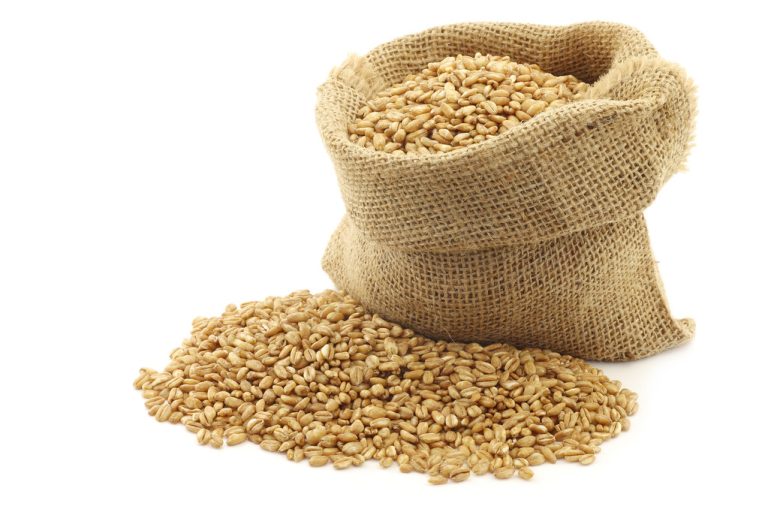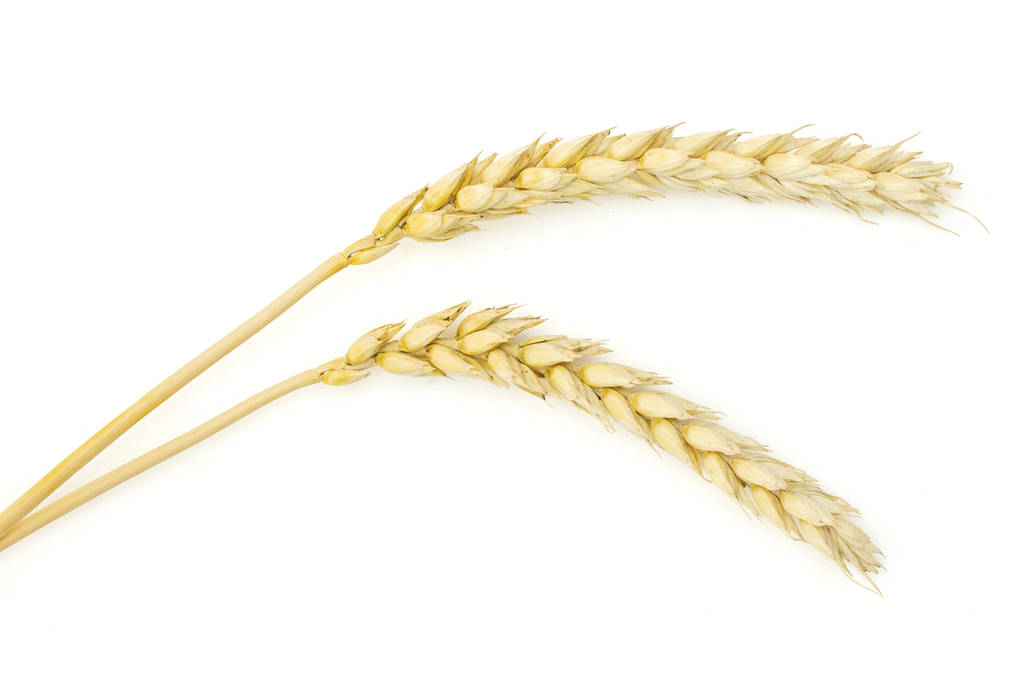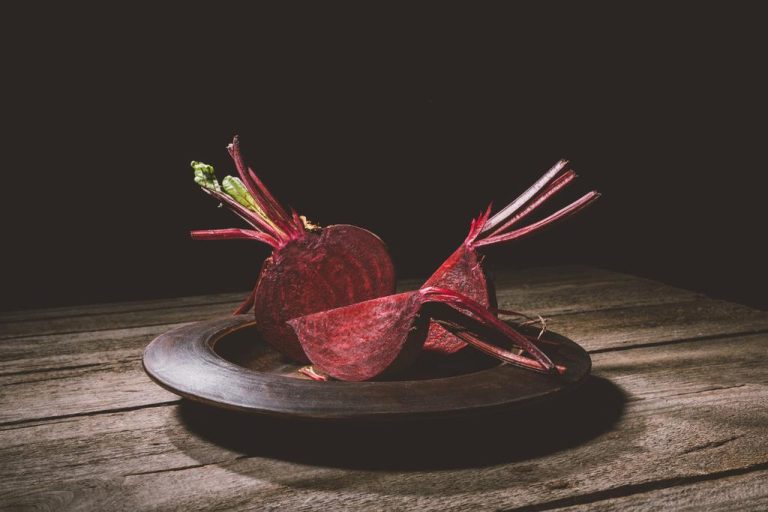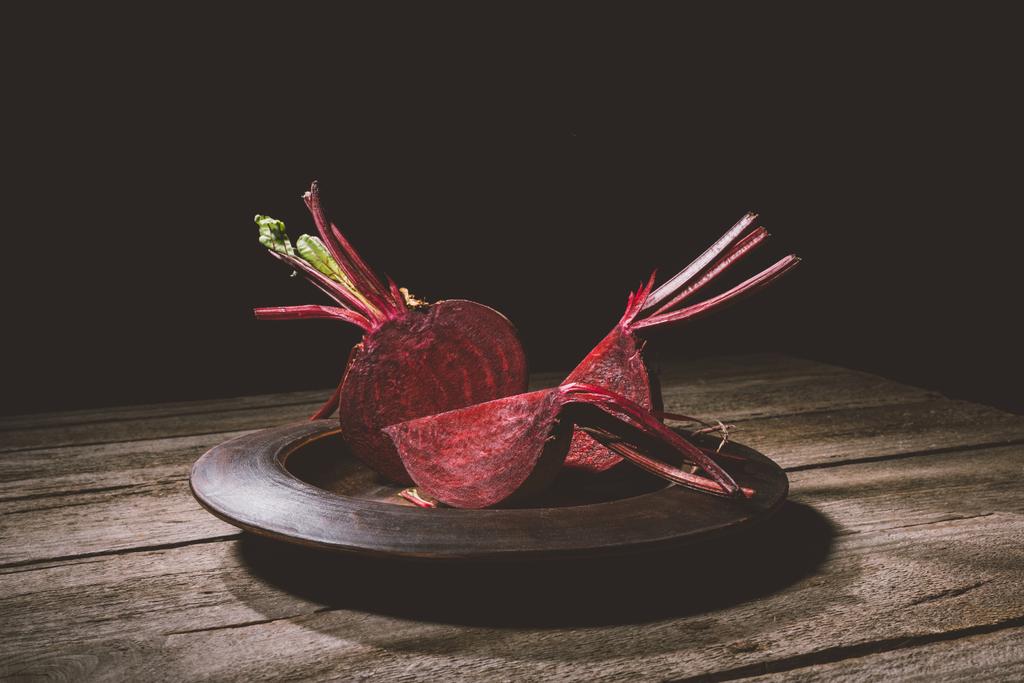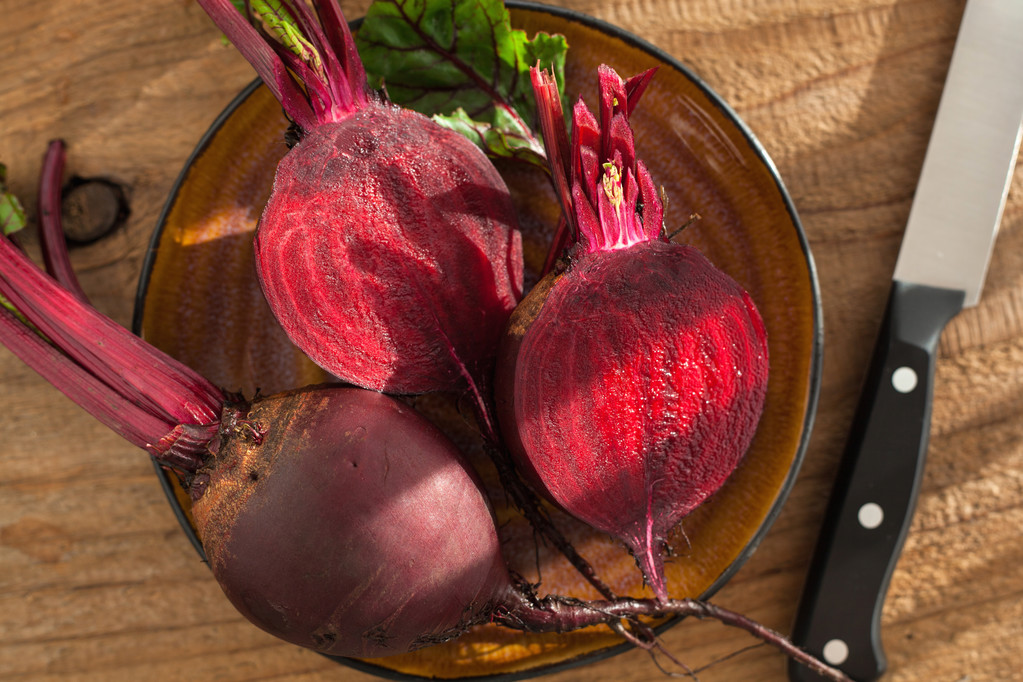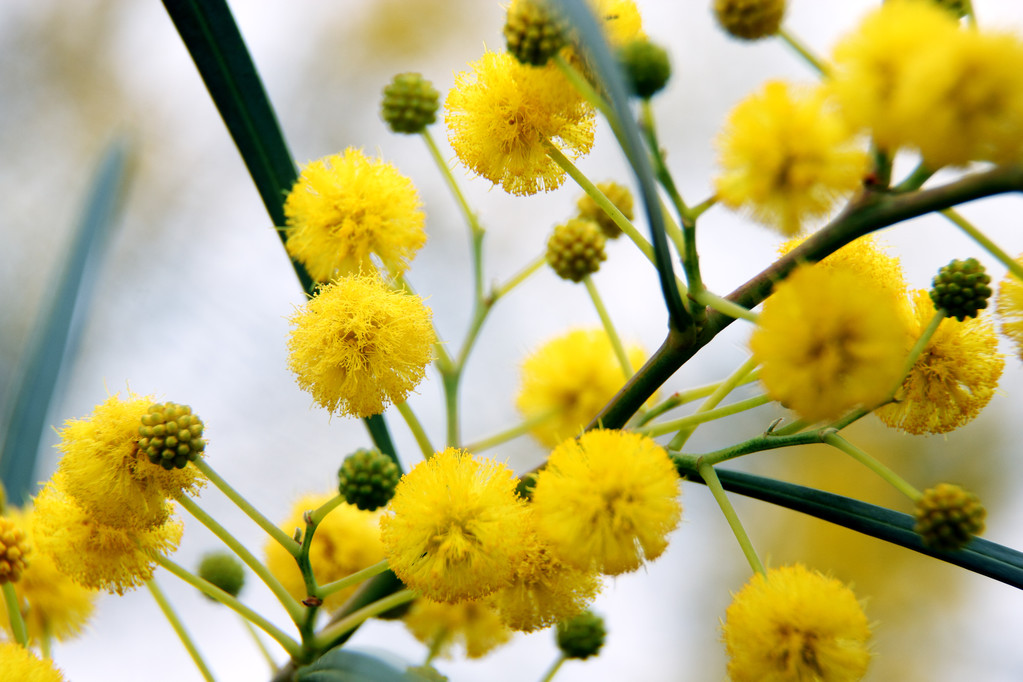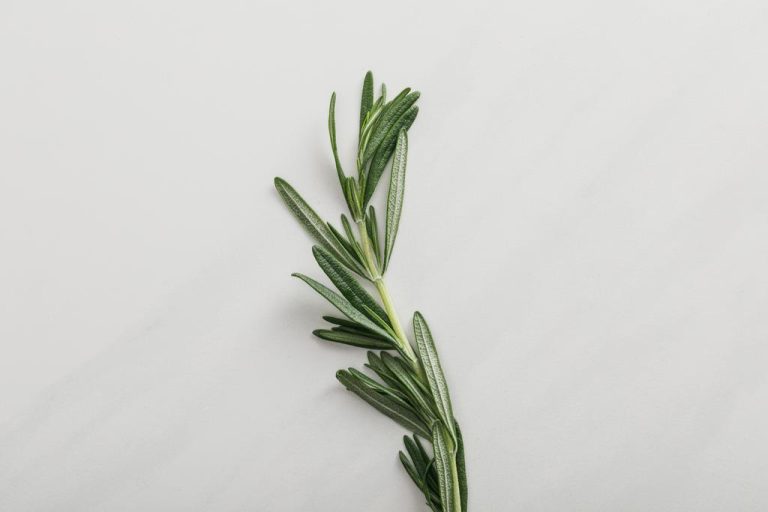Cooking meat and then keeping it warm until it is served has long been considered the best option for a tasty and juicy fillet in gastronomy. However, a new study refutes this assumption: According to the latest findings, the meat is actually rather dry and tough after this method of preparation. The magic word for preparing tender and juicy pork is sous-vide cooking – i.e. under a vacuum.
The study

Researchers at the Max Planck Institute for Polymer Research in Mainz are now investigating the changes in the protein structure of meat when it is vacuum cooked – also known as sous vide. The study tested the effects of cooking time and different cooking temperatures on the water content and protein structure of the meat. These are the first research results with a time span of ten minutes to 48 hours and a temperature variance of 45 °C to 74 °C.
The result
The loss of meat juice increases with increasing temperature and cooking time. The evaluation of the study shows that the meat loses a large part of its water content above 60 °C. This makes it dry, tough, and hard – not the best result for meat lovers. Only precise control of the cooking temperature makes it possible to circumvent these properties.
The best way to do this is with sous-vide cooking: the food to be processed is placed in a plastic bag and packed airtight. The food is then cooked in a water bath at the exact temperature specified.
It’s going to be tender and juicy
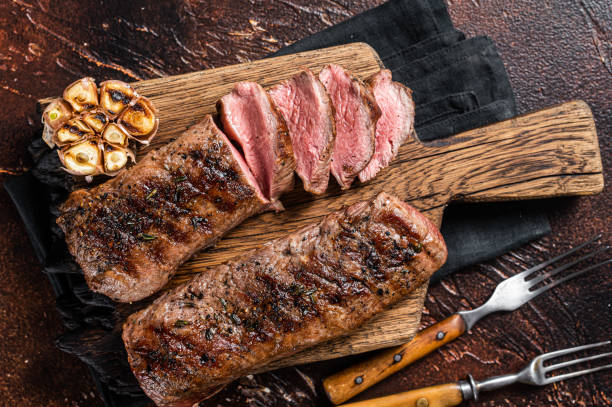
Cooking meat sous vide changes its protein structure in a controlled manner. This keeps the meat tender and juicy. For the best pork tenderloin on a medium-sized cut, cook it sous vide for 20 minutes at 55ºC.

